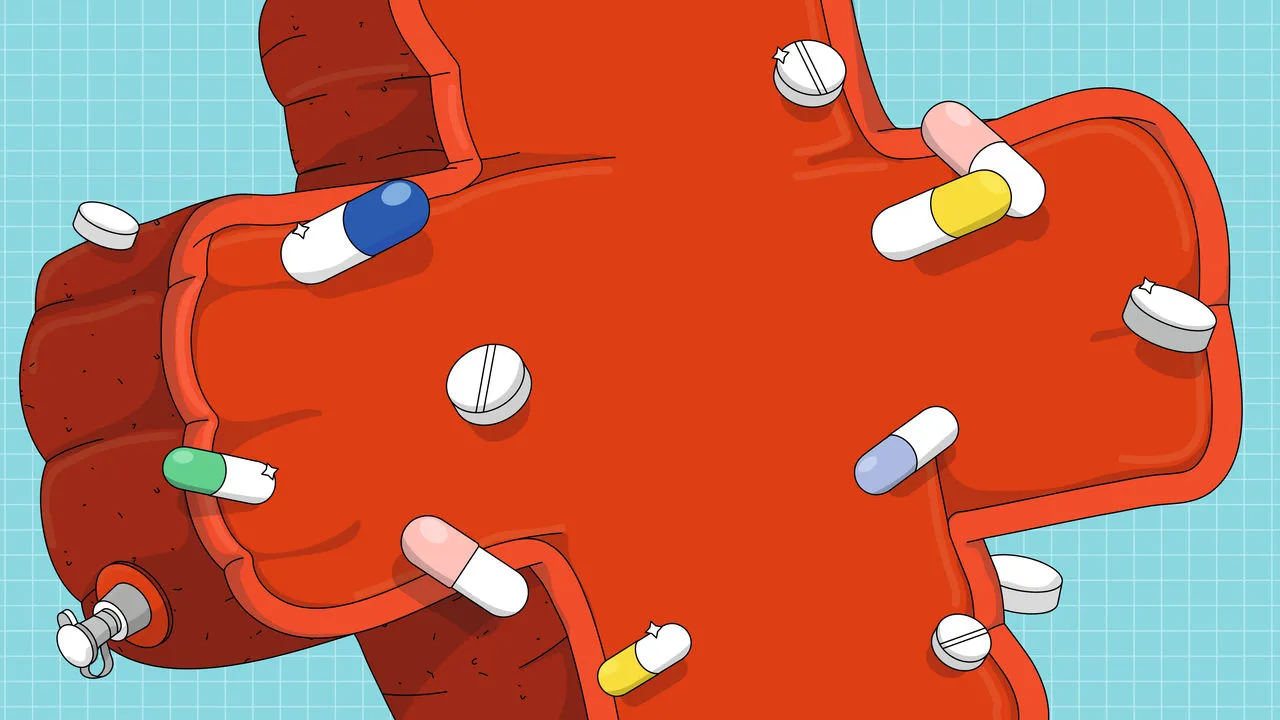It sounds cliché to say that it’s hard to believe it’s already December, but it is. With the holidays, end-of-year project wrap-ups, and new-year planning, it can be daunting to also have to think about your benefits — especially your dental benefits—and how to maximize your usage of them.
Besides thinking of New Year’s resolutions, take time to review the year-end checklist for your dental coverage. Consider what preventive care services you had during your dental plan year and what other dental work you may have coming up.
If you haven’t seen your dentist in a while, now’s the time to schedule that appointment. The end of the year marks the busiest time for the health care industry, as people are rushing to maximize their benefits.
1. Find out when you’re going to hit your annual maximum.
Your annual maximum is the total amount of money your dental benefit provider will pay toward your dental care in one plan year. If your dental plan is based on a calendar year (January through December), your annual maximum will refresh each January. If your plan is based on a contract year (starts and ends during a different 12-month period), your annual maximum will refresh after that plan year. If you exceed your annual maximum by getting more dental care after you’ve hit your limit, you won’t be sharing the cost anymore. You will be responsible for the amount over your annual maximum.
2. Understand if you have met your deductible.
A deductible is a specific dollar amount you pay before your dental insurance provider begins to contribute toward your dental care. Cleanings and check-ups don’t usually count toward your deductible because preventive dental care is often fully covered.
If you’ve met your deductible for this year, take advantage of that. By scheduling dental visits after you’ve met your deductible and before your plan year ends, you’ll save money. If you wait until your plan year starts over again, you’ll have to meet that plan year’s deductible all over again.
3. Put your flexible spending account to use.
Access your online account for your insurance provider(s) and your FSA administrator to accurately review your spending to-date. As you determine what you have left to spend in your FSA account, you can also get an estimate for next year’s enrollment.
4. Consider how preventive dental care is covered.
Dental plans are designed to focus on preventive care, and many plans completely cover regular exams and cleanings. A regular dental exam often includes a thorough cleaning of the teeth, a screening for oral cancer, and a general exam. Take advantage of this coverage, as preventive care can benefit your oral and overall health and save you money in the long run.
5. Coordinate your dental care.
Maintaining your oral health and having dental benefits is proven to save money. If your dentist has recommended more extensive dental treatment, consider the length of that process and if treatment will continue into the next plan year. A new plan year will see your annual maximum and your deductible reset, so take both into consideration when planning dental treatment.











